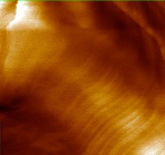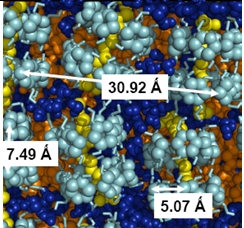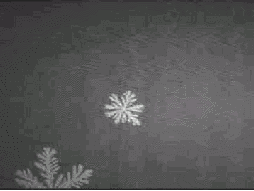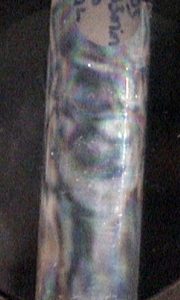In a quasi-elastic light scattering experiment, a laser light beam is sent through an inhomogeneous sample. The inhomogeneities are formed by colloidal particles, micelles, hydrodynamic modes (acoustic modes), etc, which scatter light in all directions almost without changing the light frequency. The scattered light is received in a detector at a particular direction. If the intensity of light is measured as a function of the scattered direction, we are making a static light scattering experiment. However, if the correlation of light intensity is measured as a function of time, usually at different directions, we have a dynamic light scattering experiment. The different directions for measuring the scattered light are measured by the scattering angle q, which is the angle between the incident beam defined by the laser ray and the scattered light. This angle defines the scattering vector q [(4pn/l)sin(q/2)], which is related to the change in direction of the vector k of scattered light with respect to the incident beam. This kind of experiments gives us dynamic information about the system.
In a transparent material, where the dielectric constant is fluctuating due to hydrodynamic modes, or because the erratic movement of particles like colloidal particles, micelles, etc. The fluctuation can be described by

where <e> is the macroscopic average of e. Maxwell equations give the scattered light at point r away from the scattering center, using the Born approximation:

Here  is the scattered field.
is the scattered field.
Dynamic information is obtained, through out the temporal field correlation function that is the FT of the
that is the FT of the  in accordance with Wiener - Khintchine theorem.
in accordance with Wiener - Khintchine theorem.
The final expressions for  and
and 
 =
= 
 =
= 
These are the basic equations to understand any experiment in dynamic light scattering.
Experiment aspects
The light used for these experiments is laser light that goes through a liquid sample contained in a glass cell with good optic characteristics. The glass cell is submerged in a temperature-controlled bath. The laser beam crosses the sample, and at an q angle, the scattered light is measure with a photomultiplier, taking into account light coherence. The signal obtained by the photomultiplier is shaped and converted in TTL electric pulses. A computer reads these TTL pulses and calculates the correlation function using a correlator, as a function of time that is the result of the experiment. If we have a model for the objects causing the scattering, through the equations given above, we can extract information from inhomogeneous fluids.
In the case of suspended particles in a liquid, we would like to measure the correlation function of the electric beam, but what we can obtain is correlation function of the light intensity:

This is because detector response is proportional to the square of the field. When we have particles wandering in homogeneous liquids Siegert equation relates the correlation of light intensity and of electric field correlation, through:

Where, b is a geometric constant determined by the experiment and D is the diffusion coefficient of suspended particles in the fluid.
The Stokes-Einstein equation for the particles in Brownian movement suspended in the liquid can be used to relate the diffusion coefficient with the size of the suspended particles:

This equation enables us to obtain an estimate of the size of small particles contained in the homogeneous fluid.
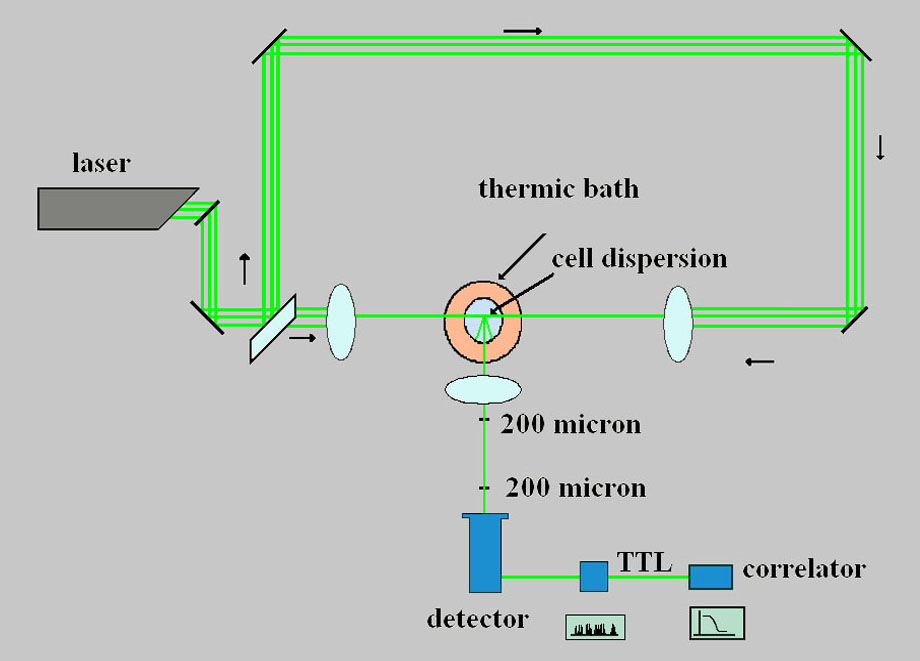
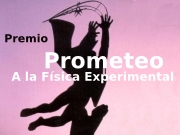
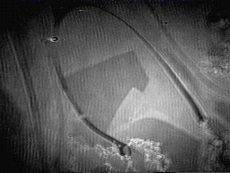 Overbeck/L2phase transition in the C
21monolayer
Overbeck/L2phase transition in the C
21monolayer